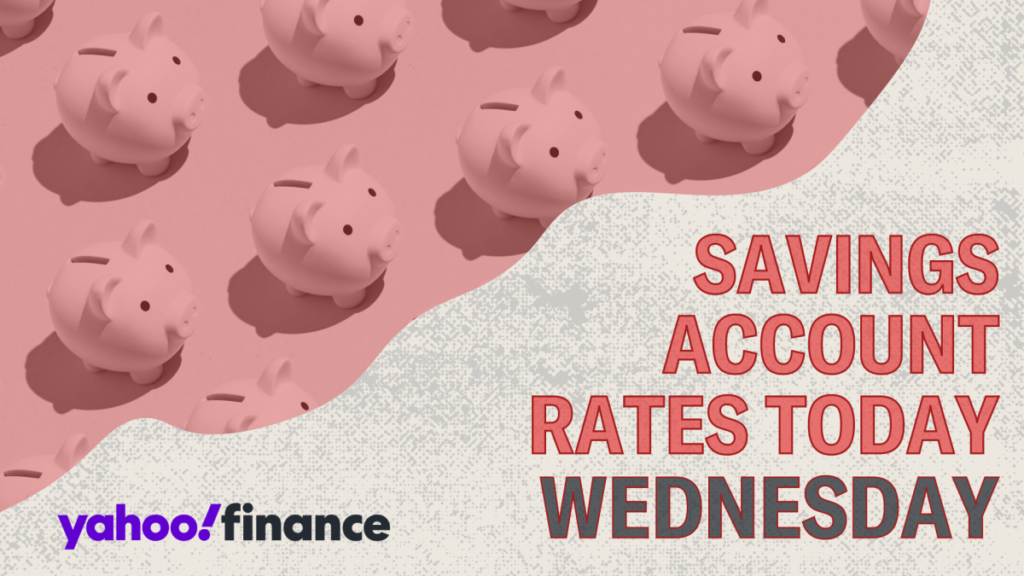In recent months, the Federal Reserve has cut the federal funds rate twice, resulting in a decline in deposit rates and emphasizing the need for savers to seek out the best interest rates for their savings. As banks respond to the changing economic landscape, high-yield savings accounts have emerged as an attractive option. These accounts typically offer interest rates as high as 4% APY or even more, in contrast to the average savings account rate of about 0.43%. For those looking to maximize their interest earnings, an exploration of high-yield savings accounts may reveal opportunities to secure better deals. Currently, the highest savings account offer from affiliated partners stands at approximately 4.75% APY, provided by Everbank, which does not impose a minimum deposit requirement.
The correlation between deposit account rates and the federal funds rate is crucial for understanding current economic trends. When the Federal Reserve adjusts its target interest rate—as it did during 2024 to combat inflation—it directly influences deposit account rates. After a series of aggressive rate hikes in response to mounting inflation, the Federal Reserve ultimately cut rates in September and November of the same year. This shift has led to a general decline in deposit account rates, making it essential for savers to act quickly in obtaining high-yield options before further decreases occur. By evaluating available high-yield savings accounts, savers can position themselves to benefit from historically high rates.
When considering deposits, several factors should influence the decision-making process for where to place savings. Interest rates are paramount, and prospective account holders should compare available offers to grow their money effectively. With the expectation that savings rates may decline based on recent Fed activities, consumers are encouraged to open high-yield savings accounts now to lock in beneficial rates. Additionally, determining the purpose of the savings is critical—while high-yield accounts provide substantial short-term savings options, they might not yield returns congruent with long-term investment goals like retirement.
Accessibility is another important aspect of savings account selection. While some investments may promise higher returns, they often come with conditions that can restrict access to funds—for instance, certificates of deposit (CDs) may impose penalties for early withdrawals. High-yield savings accounts, in contrast, offer the added flexibility of allowing users to access their savings without major penalties, making them a sensible choice for individuals who prioritize liquidity. For those saving for diverse goals, including emergencies or significant purchases, having readily accessible funds is crucial.
Security remains a top concern for savers, and high-yield savings accounts provide peace of mind through Federal Deposit Insurance Corporation (FDIC) insurance, which protects deposits up to a set federal limit. Furthermore, these accounts are shielded from market volatility, reducing the risk of losing money. As individuals navigate potential investments, high-yield savings accounts stand out as a low-risk option that safeguards principal while allowing funds to grow gradually.
In conclusion, the recent trends observed in the Federal Reserve’s rate cuts and their impact on savings rates necessitate a proactive approach for those seeking to maximize their interest earnings. High-yield savings accounts present an excellent option to capitalize on historically high rates, allowing savers to meet short-term financial needs while enjoying the security that comes with FDIC insurance. By evaluating interest rates, accessibility, goals, and security, consumers can make informed decisions on where to allocate their funds, ensuring that their savings work effectively for them in an ever-changing economic environment.

